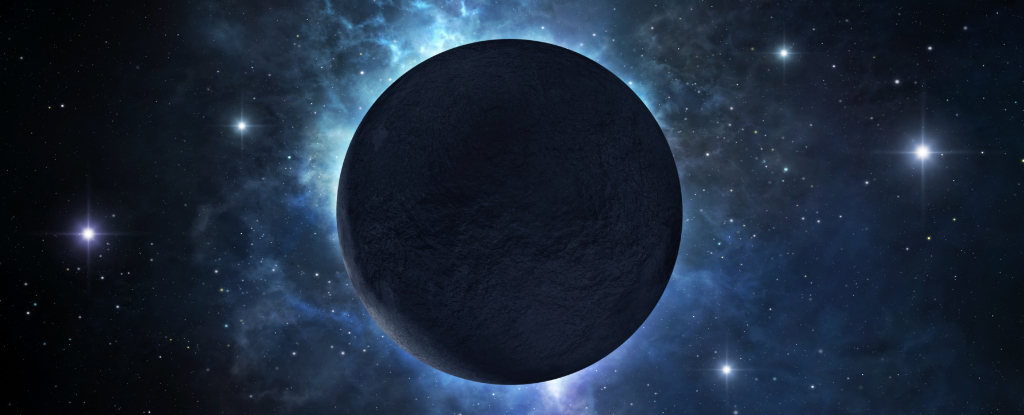
The search for a potential undiscovered planet in the far reaches of the Solar System is gaining renewed interest among astronomers. This speculation, often referred to as the hunt for “Planet Nine,” has been a topic of discussion since the 1930s, when early astronomers proposed the existence of a large celestial body to explain irregularities in the orbits of Uranus and Neptune. Recent theories suggest that gravitational influences from a massive object, potentially several times larger than Earth, may still be impacting the orbits of distant Kuiper Belt objects.
The concept of Planet Nine was notably revived in 2016 by astronomers Konstantin Batygin and Mike Brown at Caltech. Their research focused on the Kuiper Belt, a region beyond Neptune filled with dwarf planets, asteroids, and other celestial debris, including the well-known Pluto. They observed that many Kuiper Belt objects do not follow the expected orbital patterns, leading them to theorize that an unidentified planet could be exerting a gravitational influence on these bodies.
Batygin and Brown’s hypothesis draws parallels to the gravitational interactions observed between the Earth and its Moon. For instance, while the Moon orbits the Sun in a predictable manner, it also experiences the gravitational pull of Earth, resulting in a complex orbital path. Similarly, several trans-Neptunian objects exhibit erratic orbits that suggest they are influenced by a larger, unseen mass.
Over the years, the initial skepticism surrounding the existence of Planet Nine has been lessened by accumulating evidence. As Mike Brown noted in 2024, “I think it is very unlikely that P9 does not exist. There are currently no other explanations for the effects that we see, nor for the myriad other P9-induced effects we see on the Solar System.”
In 2018, the discovery of a new candidate for a dwarf planet, designated 2017 OF201, added to the intrigue. Measuring approximately 700 kilometers across, this object possesses a highly elliptical orbit, suggesting that its trajectory could be influenced by Planet Nine, if it exists. The ongoing debate about the gravitational dynamics of these distant objects raises fundamental questions about our understanding of the outer Solar System.
Despite the compelling arguments for Planet Nine, questions remain. Why has it not yet been observed directly? Some astronomers argue that the available orbital data from Kuiper Belt objects may not be sufficient to draw definitive conclusions. Alternative theories have also emerged, proposing that the observed orbital anomalies could be attributed to other phenomena, such as a ring of debris or even a small black hole.
One significant challenge is the limited observational history of the outer Solar System. For instance, 2017 OF201 has an orbital period of approximately 24,000 years. While researchers can determine an object’s path around the Sun in a relatively short timeframe, gravitational effects from a hypothetical Planet Nine would require multiple orbits—potentially four to five—to notice any significant changes.
Recent discoveries, such as the object identified as 2023 KQ14 by the Subaru telescope in Hawaii, further complicate the Planet Nine narrative. Classified as a “sednoid,” 2023 KQ14 is located far from the Sun, within a region where the Sun’s gravitational influence still prevails. Its orbit, which ranges from approximately 71 AU to 433 AU from the Sun, suggests that the gravitational pull of Neptune is minimal, raising questions about the influence of a nearby massive planet.
The discovery of this and other sednoids indicates that if Planet Nine exists, it may be located at least 500 AU from the Sun. Notably, this is the fourth sednoid discovered, all exhibiting stable orbits, which implies that any hypothetical Planet Nine would need to be positioned well beyond the current observational reach.
Despite these complications, the pursuit of understanding the dynamics of the Kuiper Belt continues. The limitations of current space exploration technology mean that direct observations of potential planets in this distant region remain a challenge. For example, estimates suggest it would take a spacecraft like NASA’s New Horizons approximately 118 years to reach a distance far enough to directly observe Planet Nine.
As astronomers enhance their observational capabilities, more distant objects are being identified, potentially illuminating the mysteries of the outer Solar System. With ongoing advancements in ground- and space-based telescopes, the scientific community remains hopeful that new discoveries will provide further insights into the existence of a massive planet lurking in the shadows of our celestial neighborhood.
In summary, while the debate over the existence of Planet Nine continues, ongoing research and advancements in technology may eventually provide clarity on what lies beyond Neptune. The search for this elusive planet emphasizes both the complexity of our Solar System and the exciting possibilities that await exploration.







